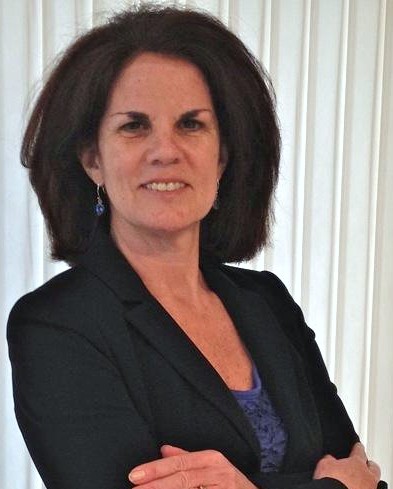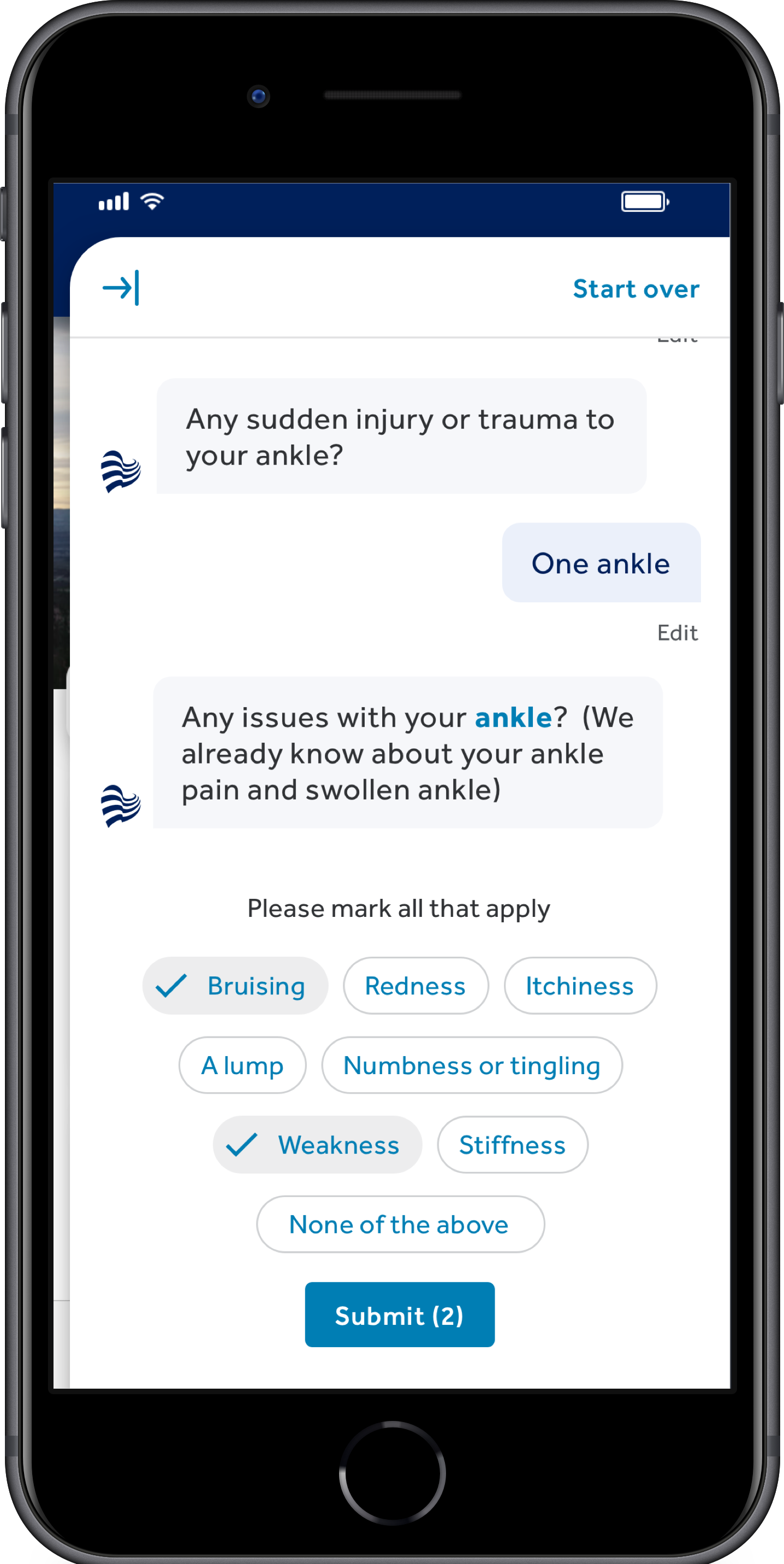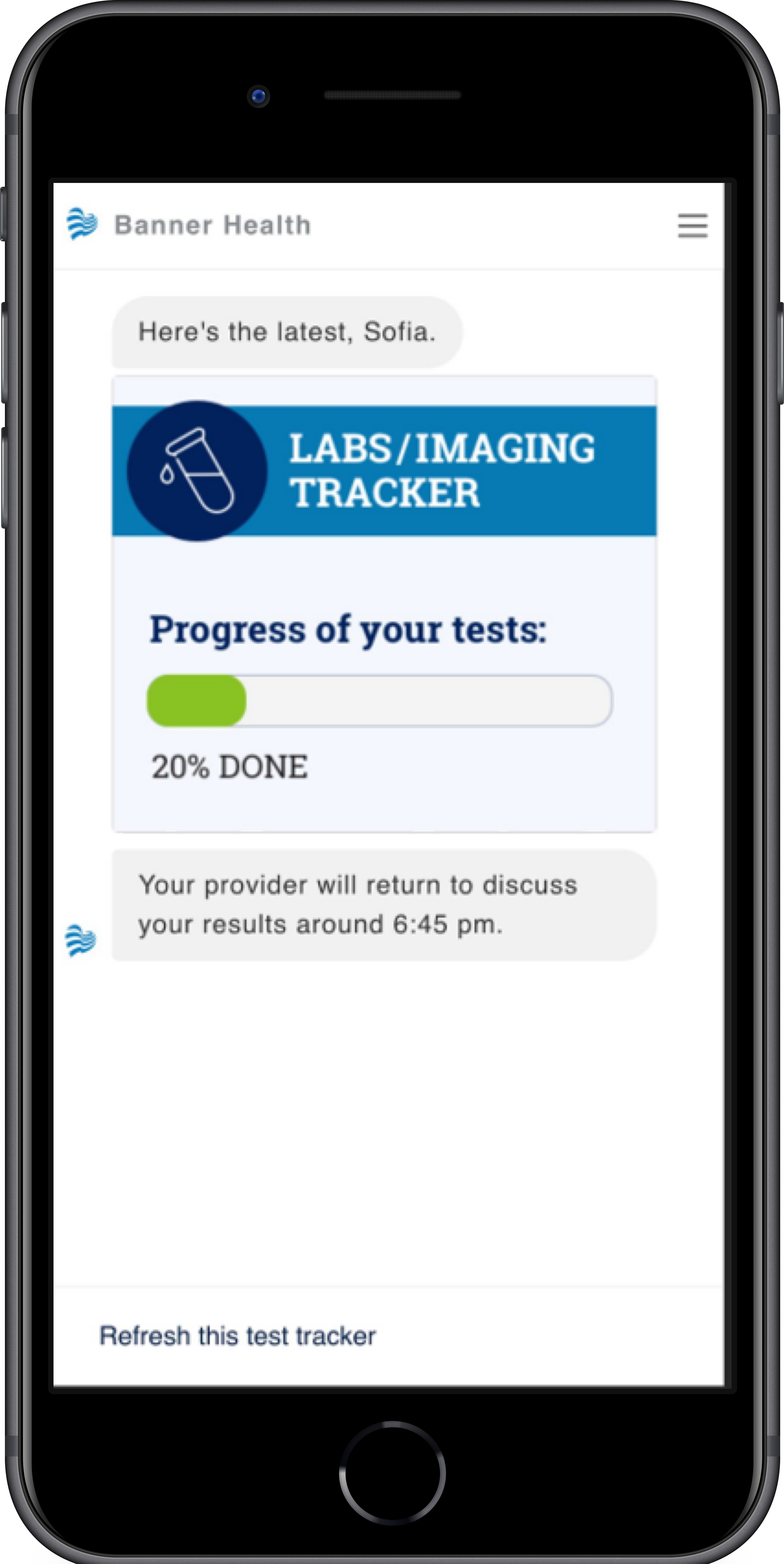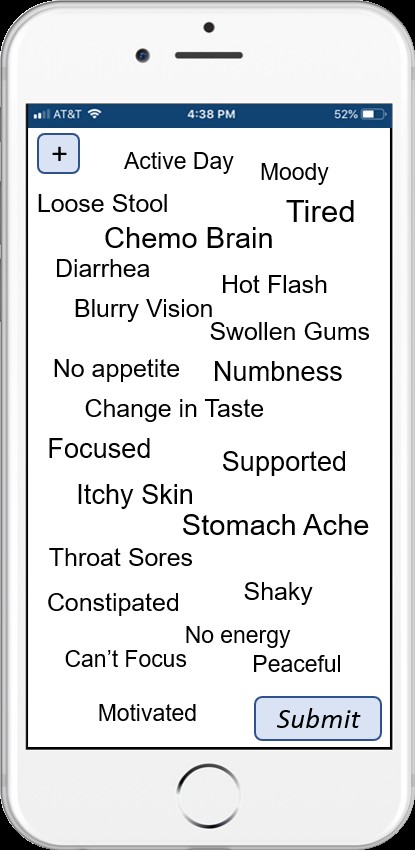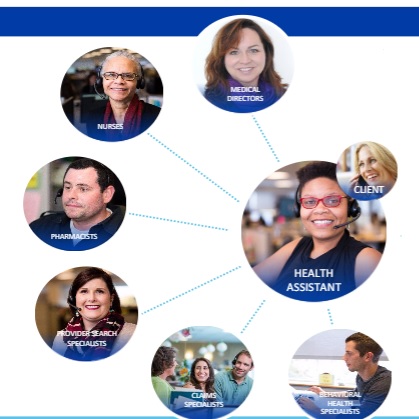
Rush University System for Heath is an academic medical system, caring for patients in the Chicago area since the 1880s. Throughout time, Rush has continued to evolve to meet their patients’ growing needs by expanding care settings, services and technologies for better patient care.
Over the past few years, Rush has focused on their digital transformation, which is a “consumerism strategy to create healthcare services that meets patients’ elevated expectations”. Rush has been investing in ways to meet those expectations through simplicity, convenience, personalized care and differentiated care services.
Eighteen months ago post- pandemic, Ben Wolfe, Rush’s Senior Director Digital Transformation shared that Rush set out to understand how patient expectations for care were changing and to capture the voice of the patient around what they wanted those changes to be.
Through a survey with 25,000+ patients and potential patients, Rush discovered there was a segment of younger healthier patients who wanted a different type of relationship with their health system. “About 40% of the patients that we surveyed said they were interested in a virtual care offering that ‘allows me to solve my most common problems’ (e.g. low acuity conditions) at any time. They also wanted a ‘hotel-like concierge service’ where they can go when they did not know what to do next (e.g. help me understand this bill, tell me what do I need to do to get a referral). They wanted a ‘personal assistant’, ‘one place to go to simplify the way healthcare works’. And they did not want this is be expensive”.
From other research they have done, Rush learned there was some resistance to a fully automated digital experience with healthcare and that maintaining the ‘human touch’ is an important part of the digital experience.
Ben shared that “we have a chatbot that patients can use to check a symptom for example. But for the new subscription service that we were developing, we decided to put a ‘live human into this navigation role’ where patients in the program can text 7 days per week to get answers and guidance for what they needed to do”.
Rush Connect+ Subscription Program
“There are many options for virtual care these days, but none is as comprehensive or connected into the fabric of the top-quality health system as what we have created on our Rush Connect platform,” explains Paul Casey, MD, MBA, senior vice president and chief medical officer at Rush. “Rush Connect+ is a natural extension of that platform to create a seamless, concierge-level care navigation experience and access to 24/7 virtual urgent care anywhere in the country.”
On July 10th, Rush launched their Rush Connect+ digital subscription model charging patients $19/month. Rush partnered with Fabric to develop the program, providing patients with both high tech and high touch services. The Fabric platform enables patients to chat with a live human assistant within the Rush Access Center who provides concierge-like customer service, addressing needs and questions, 7 days per week. Fabric also provides clinical staffing services—advanced practitioners who are available 24x7, nationwide, to treat a host of 40+ virtual urgent care conditions. These benefits are accessible to Rush Connect+ subscribers through their My Rush mobile app, and are tightly integrated with other Rush services that live outside the subscription, such as primary and specialty care.
How is Rush Connect+ different that other subscription programs on the market today? Ben explains “we are focused on delivering the comprehensiveness of care. Other telehealth subscription programs may address the patient’s specific problem at that time. However, we view the patient more holistically. Beyond the virtual care session, the Fabric care team will refer the patient to a Rush PCP or specialist to uncover the underlying causes if needed. Since Rush Connect+ is part of the larger Rush Connect portfolio of digital care offerings, these referrals can often be completed as soon as today or tomorrow via the Rush Connect Primary Care and Rush Connect Virtual Specialty Care offerings.
AI- Driven Patient Care & Experience
Within the My Rush mobile app, patients click to learn more about the Connect+ Program. After seeing a program description, interested patients can schedule a concierge onboarding visit with a Rush Connect+ personal assistant who welcomes the patient into the program and completes their signup.
These patients can access the Rush Connect+ features within their My Rush mobile app. They can live chat with the Rush personal navigator or access the Fabric-delivered 24x7 virtual urgent care. Patients that need virtual care begin by entering information in Fabric’s “adaptive”, asynchronous AI-guided questionnaire. The questions dynamically change based on the patient’s specific responses to capture needed patient information. Rush sees this as “an intelligent questionnaire which helps uncover what is really going on and ensure they are routing the patient to the right care for their needs.”
After the patient identifies their problem ("My eye is bothering me," "I need a prescription refill”, "Do I need to see a doctor for ____?"), they are presented with a structured interview and answer multiple choice/multi-select and free text questions. The questions adapt as the user provides more information, and Fabric’s clinical logic determines if the problem can be solved asynchronously ("This is pink eye, our provider will write you a prescription and route it to the pharmacy you have selected"), or if the patient needs to be seen via a video visit, in which case they are transferred to a live provider via a video visit in real-time. These clinical-built protocols are personalizing the patient’s path through this part of their care journey while ensuring a safe, clinically-validated experience.
Rush along with other health systems have joined Fabric’s nationwide Clinical Quality Advisory Council to design and review these protocols which are standardized and evidence- based. Each protocol contains relevant content, diagnostics, appropriate prescription(s) and patient education, all under the oversight of Rush and Fabric’s panel of clinical experts.
Connect+ Subscription Program Success
Aside from concierge medicine programs being offered by some health systems today, RUSH is one of only few health systems offering this type of “subscription” program model.
Ben notes that Rush has a lot to learn as more patients sign up and provide early feedback on the service. Rush is creating awareness for the program through both social media and Chicago-based “out of home” marketing, such as billboards and signage. As subscriptions increase and feedback comes in, Rush will continuously improve the service over time.
Early patient feedback has been positive, and some of the first subscribers note how convenient the Rush personal assistants were in helping them quickly solve a problem. Ben noted how, as a subscriber himself, he was able to have a prescription refill processed and a primary care visit scheduled after just a 2-minute text message exchange with his Rush Connect+ assistant.
Beyond patient satisfaction scores and new member signups, Rush is closely monitoring the data and metrics to understand how often patients are utilizing the virtual urgent care platform, which types of follow- up care and referrals are being generated, and how effective Rush is in helping those patients complete those follow ups to ensure the best health outcomes.
“Rush Connect is all about creating unparalleled convenient access,” Casey said. “We want our patients to be able to get care where and when they need it. For many, that may mean in-person visits with their providers. While for others, it means opening their smartphone at 3 a.m. However patients choose to seek care, we want them to have a seamless experience and know that they are receiving Rush-quality care in every setting.”
How do Rush providers feel about outsourcing care for program subscribers? Rush made it a point to ensure that Rush primary care and specialty care providers have full access to the information that is generated from the Fabric-delivered visits, directly within the Rush EHR, which helps with continuity of care. Rush also worked closely with its medical group leadership team to ensure that a robust communication plan was in place, so that providers could ask questions and provide feedback on the service. To date, feedback on the program has been very positive. Many providers have viewed this as an innovative tool for bringing new patients into their primary and specialty care practices that otherwise may not have come to Rush.
Future Connect+ Subscription Program
Rush has plans to continue to grow their subscription program. They want to offer the abililty to deliver at home lab testing and prescription deliveries to the patient’s doorstep following the virtual visit.
In addition to offering new services, Rush plans to extend the subscription program to new patient segments. “We are interested in launching a subscription tier for families, meeting the needs of the parent(s) and their children, who often need care outside of usual business hours”, Ben shares.
Beyond these enhancements, Rush will be working closely with its clinical and business leaders to expand the program over time, including new use cases such as direct-to-employer models, and even as a potential benefit for Rush employees. “We think this first release of Rush Connect and Rush Connect+ really provides a platform that we can innovate on to deliver even better patient experiences. We’re excited about the possibilities our partnership with Fabric offers as we grow this program together,” Ben concludes.
 Permalink
Permalink  AI Use Case,
AI Use Case,  Personalized care,
Personalized care,  mobile health and wellness texting,
mobile health and wellness texting,  subscription model in
subscription model in  AI,
AI,  AI Healthcare,
AI Healthcare,  AI consumer engagement,
AI consumer engagement,  Care access,
Care access,  Care collaboration,
Care collaboration,  Data Driven Health Engagement,
Data Driven Health Engagement,  Mobile Health,
Mobile Health,  Patient Centered Care Design,
Patient Centered Care Design,  Patient Engagement,
Patient Engagement,  Patient Experience,
Patient Experience,  Provider Experience,
Provider Experience,  TeleHealth,
TeleHealth,  TeleMedicine,
TeleMedicine,  digital health
digital health 
